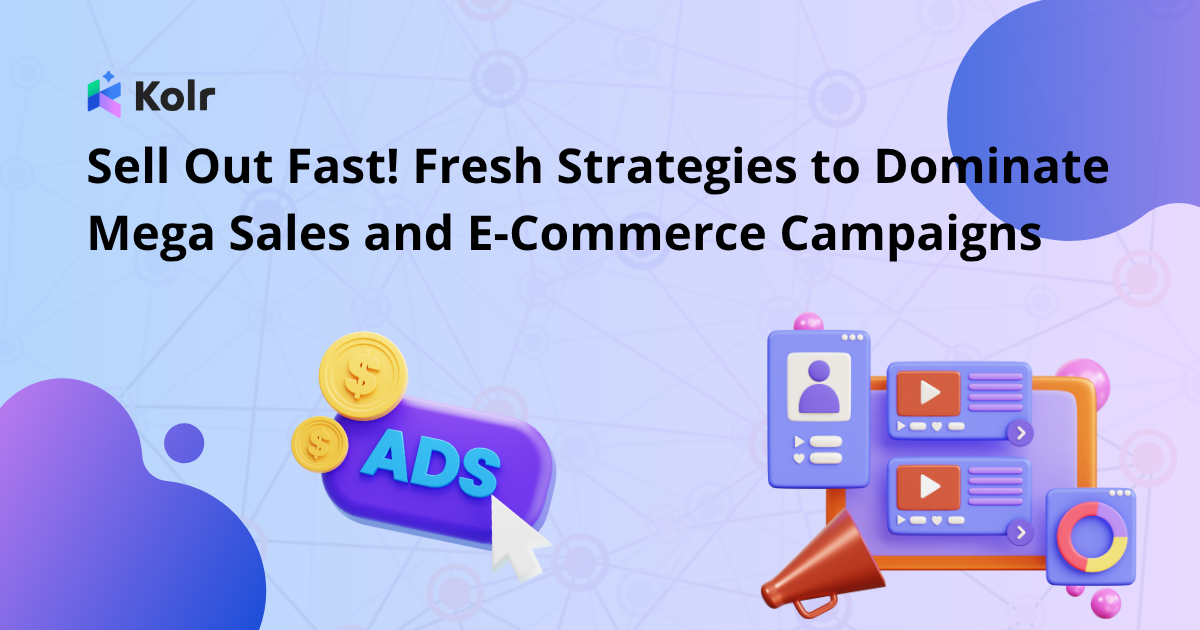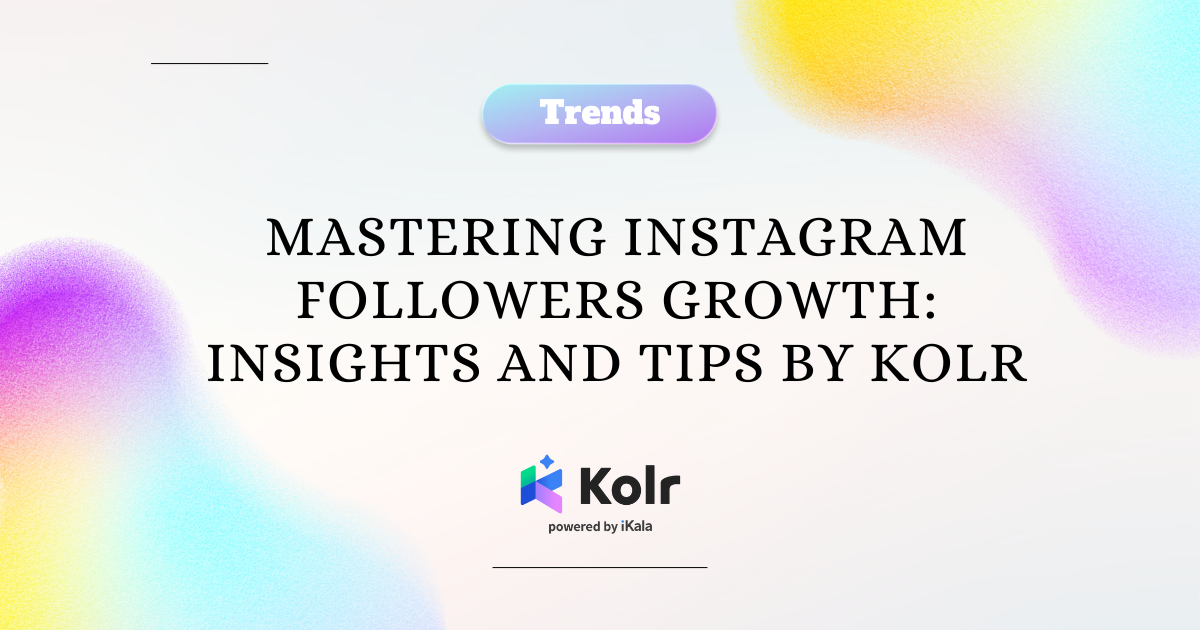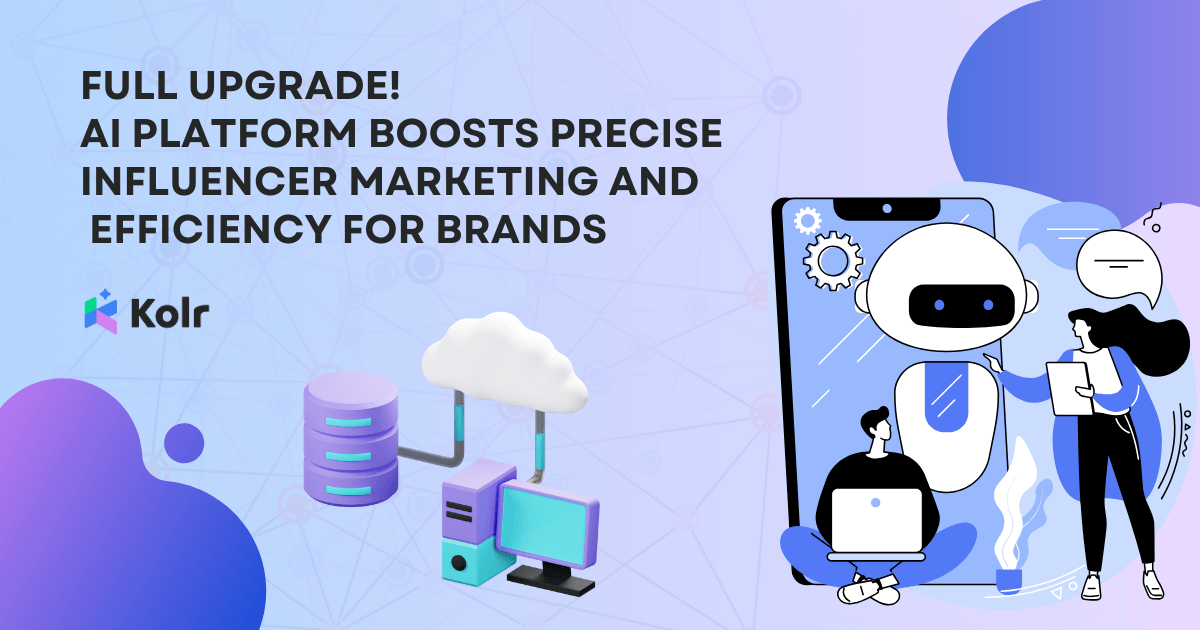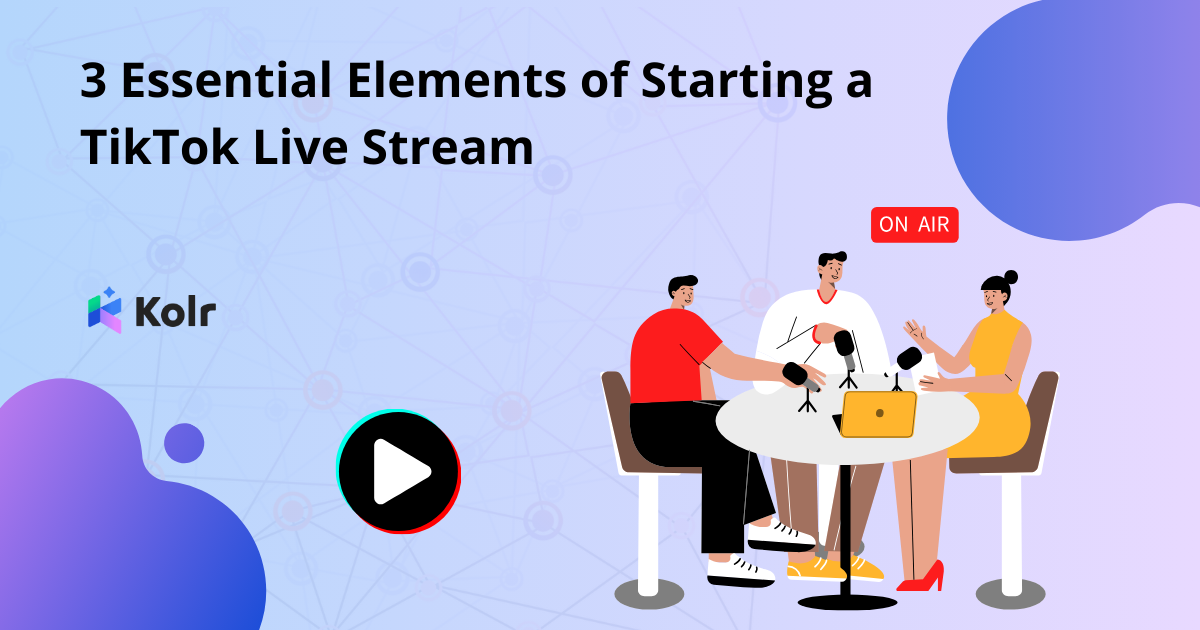As the holiday season approaches, consumers eagerly anticipate not only reunions, feasting, and gift exchanges but also the much-anticipated mega sales that define this festive period.
Events like Black Friday, Christmas sales, and double-digit sale promotions have transitioned from being the hallmark of traditional retail to becoming powerhouses in the e-commerce domain. This shift is driven by the growing prevalence of online shopping as consumers increasingly prioritize convenience and accessibility.
A 2024 global online survey conducted by DHL highlights this trend: 52% of shoppers worldwide make online purchases at least once a week. With input from 12,000 respondents across 24 countries, the survey reveals that 84% of consumers browse online weekly, with the top categories being clothing and footwear, followed by electronics, cosmetics, food and beverages, and household appliances.
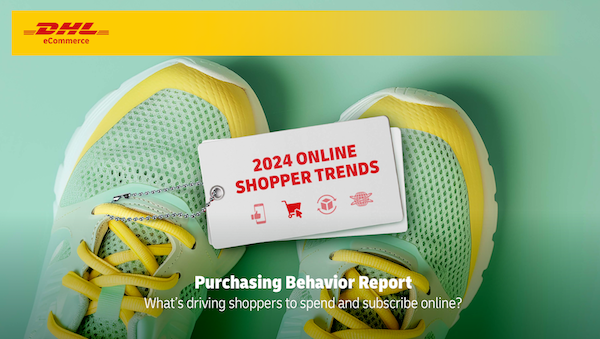
This data underscores the transformation of consumer behavior and presents a critical call to action for businesses. Retailers and e-commerce platforms must adopt innovative, data-driven sales strategies to remain competitive during mega-sale seasons or risk losing their market share.
To help businesses stay ahead, here are five key trends shaping the way retailers and e-commerce players can drive success in mega sales campaigns.
1. Maximizing Sales with Extended Festive Campaigns

With festive and holiday seasons anchored to fixed dates each year, retailers and e-commerce platforms have a golden opportunity to strategically extend their sales periods, offering consumers a longer window to shop.
Pre-sales promotions and targeted advertising play a pivotal role in this strategy by spotlighting discounted items and their markdowns well in advance. This allows consumers to plan their purchases ahead of the sale period, boosting anticipation and ensuring higher conversion rates. Leveraging advanced technology, e-commerce platforms now enable shoppers to sync sale dates with their calendars, ensuring they don’t miss out on key deals.
Additionally, extending sales into the post-holiday period has also proven effective. For instance, shoppers can capitalize on Christmas promotions before the holiday, followed by deeper discounts starting the day after Christmas and continuing through to the end of January.
This staggered sales approach delivers multiple benefits. It helps mitigate logistical bottlenecks for courier services and streamlines in-store traffic management. For retailers, this means an ability to cater to diverse consumer preferences: early sale periods appeal to those who prefer to shop and prepare in advance, while extended sale timelines accommodate last-minute or post-holiday shoppers. Ultimately, this strategy not only maximizes revenue potential but also meets consumer expectations for convenience and flexibility.

2. Harnessing Consumer Data to Personalize the E-Commerce Experience
For consumers, shopping online offers more than just convenience—it provides a seamless way to track past purchases and earn loyalty points or rewards for frequent transactions. For retailers, operating e-commerce platforms presents an invaluable opportunity to capture consumer data, monitor spending behaviors, and enhance their marketing strategies.
Leading e-commerce platforms have mastered the art of personalization. By leveraging advanced data analytics, these platforms evaluate shoppers’ historical spending habits to offer tailored deals and product recommendations. For instance, returning customers might be presented with items similar to previous purchases, alongside personalized incentives such as reminders of loyalty points or shortfalls needed to unlock additional rewards. These subtle nudges encourage larger, faster purchases and foster a sense of exclusivity.
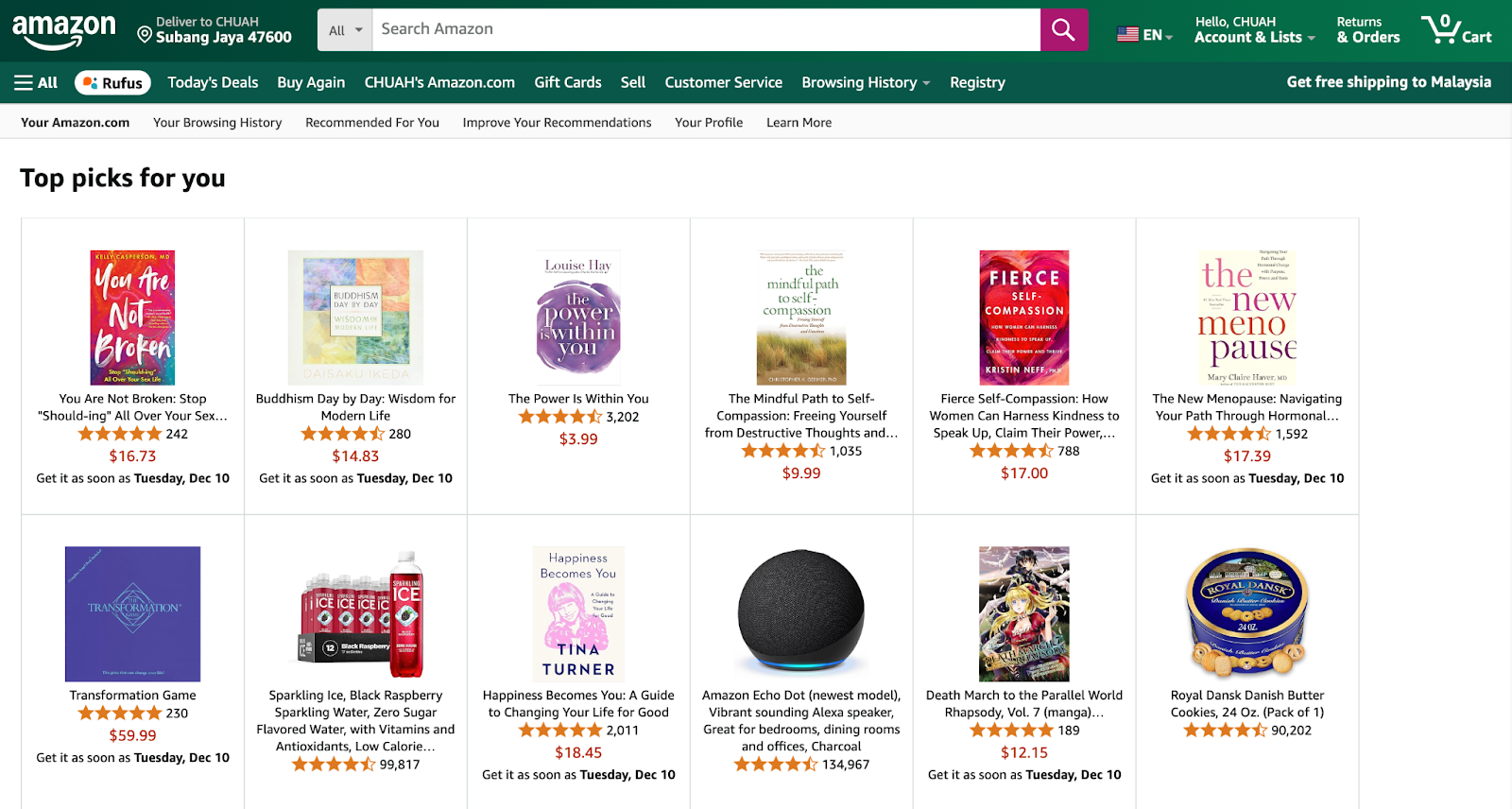
Big data plays a pivotal role in elevating the customer journey. Beyond recommending products, retailers can gather insights through surveys or feedback forms to refine their offerings and optimize the shopping experience. Additionally, by understanding customer preferences, e-commerce platforms can deliver customized promotions via email, SMS, or messaging apps during sale events.
This targeted approach creates a unique, frictionless shopping experience for consumers, effectively reducing barriers to purchase and driving customer loyalty. It’s a win-win strategy that keeps shoppers coming back while boosting sales and engagement for retailers.
3. Engaging in Social Commerce and Influencer Partnerships
Leveraging Social Commerce and Influencers in the Mobile-First Era
The days when consumers exclusively shopped through websites are long behind us. In today’s mobile-first world, where smartphones are integral to daily life, retailers and e-commerce platforms must embrace social commerce to remain competitive.
Social media has surpassed traditional channels like television, radio, and print as the primary avenue for advertising and marketing. With integrated shopping tools such as links, plug-ins, and seamless checkout options, social media platforms reduce the friction in a buyer’s journey, making purchases quicker and more convenient.
Adding another dimension to social commerce is the influence of key opinion leaders (KOLs) or influencers—the kings, queens, and jesters of the social media realm. These personalities collaborate with brands as ambassadors, marketers, or sales drivers, leveraging their authenticity and loyal followings to amplify a brand’s message. With their ability to create engaging, relatable content, influencers often have a greater impact on consumer decision-making than traditional paid advertisements.
Brands can take influencer collaborations even further by engaging them as hosts for live sessions or in-person brand events. When a brand aligns with an influencer who resonates with its values and has a strong, dedicated audience, the results can be transformative—driving awareness, trust, and, ultimately, sales.
However, finding the right influencer in an overcrowded market can be a daunting task. That’s where Kolr comes in. Our AI-powered influencer marketing platform offers a robust global database of influencers. With advanced search functions, detailed filters, and comprehensive reporting tools, brands can identify the perfect match for their campaigns and budgets. In the ever-evolving social commerce landscape, Kolr empowers businesses to make data-driven decisions that maximize ROI.

4. Transforming E-Commerce Operations with Artificial Intelligence
The e-commerce landscape moves at breakneck speed, especially during mega-sale seasons when retailers face an overwhelming influx of orders. From managing inventory to delivering exceptional customer service and ensuring speedy fulfillment, the challenges can quickly pile up. Efficient packing and timely delivery are crucial but often stretched thin during these high-pressure periods.
Enter Artificial Intelligence (AI)—a technology revolutionizing how retailers address these operational hurdles. By implementing the right AI-powered tools and software, e-commerce retailers can:
- Streamline Inventory Management: AI helps efficiently track stock levels, reduce errors, and prevent overselling, ensuring smooth operations.
- Enhance Customer Service: AI chatbots handle routine queries and FAQs, providing instant responses to customers. More complex issues can seamlessly transfer to human agents, ensuring a personalized touch when needed.
- Drive Product Recommendations: AI-powered insights analyze customer data to suggest tailored product recommendations, encouraging consumers to add more items to their carts.
The result? Improved operational efficiency that allows retailers to scale up during mega sale seasons without compromising on service quality.
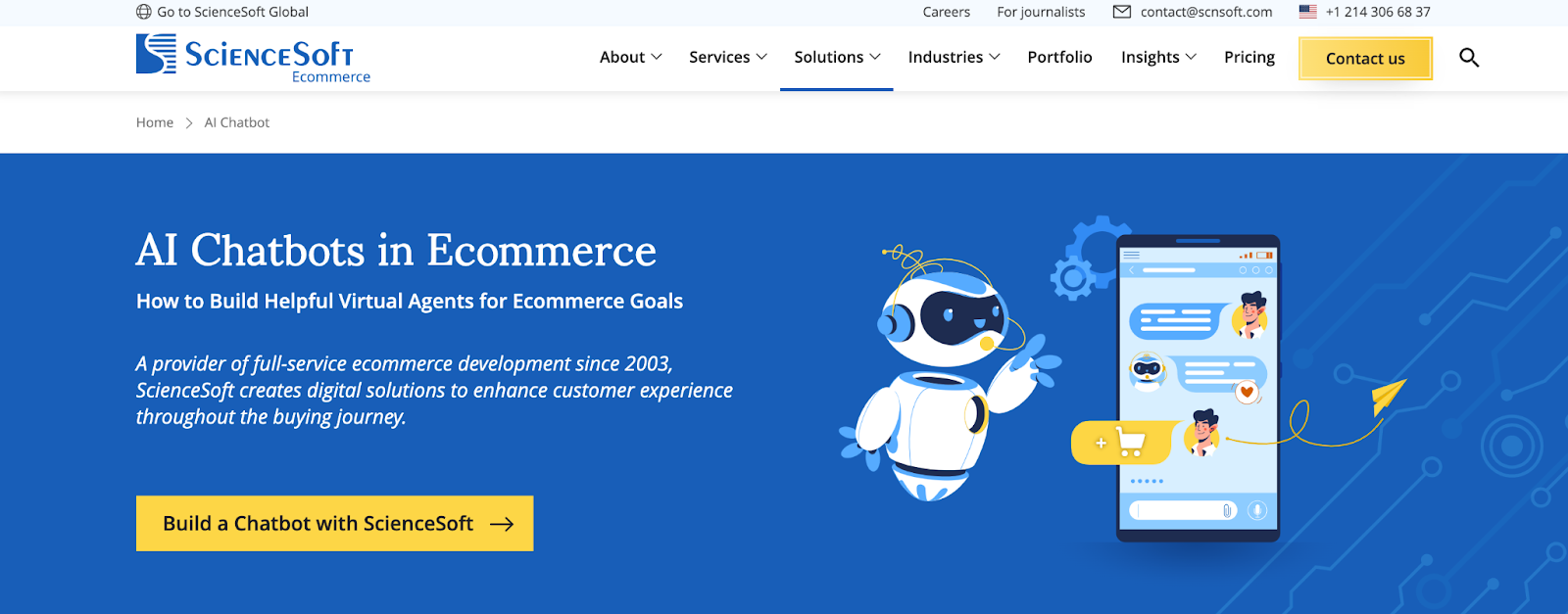
Beyond mega sales, AI technology continues to deliver value during quieter periods, laying the groundwork for future sales events. AI-driven analytics offer invaluable insights into consumer behavior and operational processes, enabling businesses to refine strategies and enhance customer satisfaction year-round.
This proactive approach ensures that operations run smoothly during peak periods while building customer loyalty. By making shoppers feel valued through improved service and delivery, retailers can cultivate repeat business and foster trust.
Ultimately, integrating AI into e-commerce operations drives efficiency, reduces bottlenecks, and ensures sustained growth. It’s an invaluable tool that drives the sustainability of e-commerce, both during mega sales and off-peak seasons.
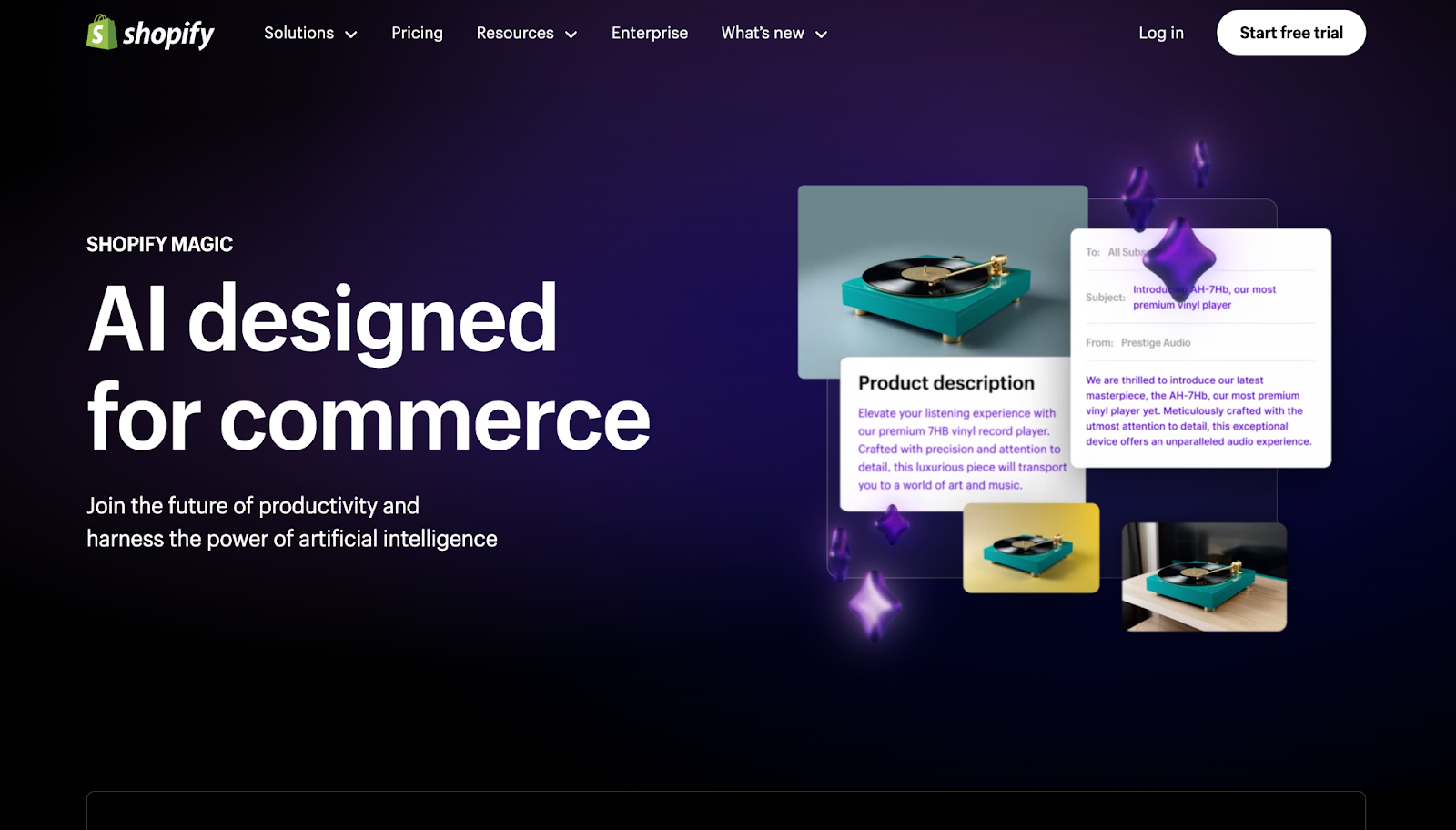
5. Flexible Payment Solutions Driving E-Commerce Growth

Mega sale periods are marked by intense competition, with retailers vying to capture consumer attention through attractive deals and promotions. However, from the consumer’s perspective, these festive seasons often stretch budgets thin, as spending on travel, dining, and retail purchases quickly adds up during celebrations with family and friends.
To alleviate financial strain during these high-spending periods, forward-thinking retailers and e-commerce platforms are introducing flexible payment options such as Cash on Delivery (COD), e-wallets, and Buy Now, Pay Later (BNPL) services.
While each country has its dominant BNPL providers, these services share several key features:
- Seamless Integration with e-commerce and BNPL apps for easy payment management
- Automated Payment Reminders to ensure timely installments
- Zero-interest plans for short tenures, with minimal interest charges for longer plans (three months or more)
Beyond easing consumer financial pressure, BNPL services open doors for retailers to reach untapped markets. These solutions appeal to customers who might admire a product but lack the immediate means for full payment. By providing the flexibility to spread costs, retailers can broaden their customer base, increase conversions, and build loyalty among consumers who may not have otherwise made a purchase.
Flexible payment solutions position retailers as consumer-focused, making purchases more accessible while driving revenue growth and market expansion—a win for both shoppers and businesses.
Conclusion
Mega-sale periods are a battleground for retailers, both online and offline, as they compete to captivate consumer interest and drive sales. To stay ahead, businesses are adopting innovative strategies such as extending sale periods, leveraging AI-driven personalization, engaging influencers for social commerce, and offering flexible payment solutions. These approaches not only maximize sales potential during festive seasons but also streamline internal operations to enhance efficiency and customer satisfaction.
By implementing these tactics, retailers and e-commerce sellers can simplify operations, ease financial strain for customers, and encourage spending. Mega sales provide an invaluable opportunity to not only engage existing customers but also attract and convert new ones, solidifying brand loyalty and expanding reach.
Leveraging advanced technologies like AI is critical for staying competitive. Whether it’s personalizing marketing efforts or identifying the right influencers to amplify your brand message, these tools are essential to achieving impactful results.
With Kolr’s AI-powered insights, analysis, and reporting, your business can discover and collaborate with influencers that align perfectly with your brand values. Contact us today for a no-obligation consultation and take the first step toward elevating your influencer marketing strategy.
